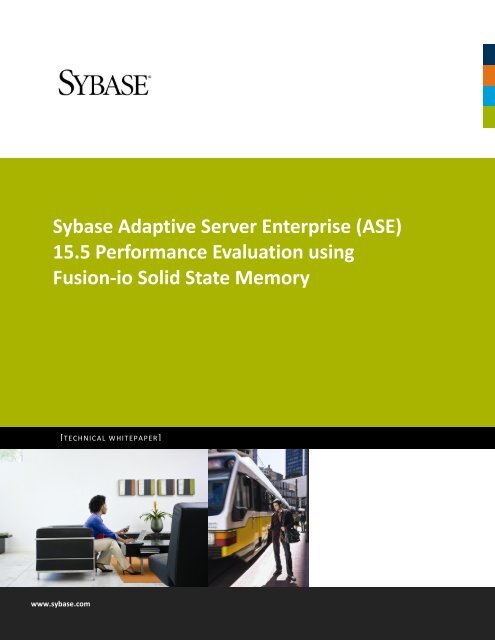Building the Fusion-io Drivers From Source To view a step-by-step screencast of this process, click here. Before beginning, download the ioDrive driver source rpm for RHEL from the Dell Fusion-io support site to a temporary directory. At minimum, you’ll need the latest version of the following packages. Find many great new & used options and get the best deals for Fusion-io ioDrive 320GB PCI-Express Flash Drive SSD Storage Dell 9WHPF DW2VJ at the best online prices at eBay! Free shipping for many products!
As I described in a previous article, Fusion-IO cards are not natively supported by VMware ESXi.
After installing the card and restart the server, you can see that it claims there is no persistent storage available, not even a lun or local disk to be formatted:
So, we need to intall Fusion-IO drivers. They are available for ESX(i) 4.0, 4.1 e 5.0. Having driver in .vib format, you can use the usual method like any other third party driver inside an ESXi server, first copying the .vib file inside ESXi and then issuing this command from the command line (or via ssh):
Finished the installation you need to reboot ESXi, and when it comes up again you will have two new elements in ESXi: a new “IOMemory VSL” among the storage adapters, and a 600 Gb local disk (identified by ESXi as SSD):
From here, you can format the disk with VMFS and use it as a “common” local datastore, but also as host cache.
CIM Providers
If you want to monitor the card health and status, the only way to do it directly from ESXi is to install CIM Providers. Fusion-IO, like many other hardware vendors, gives you their CIM providers for several ESXi versions.
To install them in ESXi 5.0, you first need to place your server in maintenance mode.
You will then upload the software into ESXi, and you will install it using this command:
(no-sig-check is needed since the software is not digitally signed); you will finally put ESXi out of the maintenance mode.
the Fusion-IO card is now ready to host virtual machines.
As a prequel to my upcoming FusionIO performance benchmarking articles I thought I would quickly demonstrate how easy it is to install the FusionIO drivers for VMware ESXi.
First you need to download the drivers from https://support.fusionio.com/downloads , you will need to register to access the support website.
Once you login you need to click the Downloads button and you will see the “Identify Product” section appear similar to the below. Select “IODrive2” , The suitable VMware ESXi version, and for option 3, the latest version.
Then you should see the below available downloads.
The file you need is the “Fusion-IO_libvsl-offline-bundle-%version%” file which is under “Utilities”.
Download the file and extract the zip file, and you should see similar to the below.
Now we need to either copy the vib file to a datastore OR use something like WinSCP to copy the file to the host.
The easiest way in my opinion is to copy the file to a datastore via vSphere client.
To do this, goto the “configuration” tab for your ESXi host/s , select “storage” under the “Hardware” section, then select your datastore.
Now right click the datastore and select “Browse Datastore”
Once in your datastore, click this icon and you will see the below appear.
Select the VIB file and press “Open”
The file should now upload, and you will see a progress window like the below.
Dell Fusion Io Drivers Update

Once the file is in your datastore, make note of the path assuming you didn’t use the root of the datastore.
Now click “Security Profile” under the “Software” section (see below).
Now click “Properties” for the “Firewall” and you will see the below appear.
Ensure “SSH Server” is ticked like the above and press Ok.
Your now ready to SSH to your ESXi host using a program such as PuTTY.
Open PuTTY, enter the IP or hostname for your ESXi host, select SSH (Port 22) and press Connect.
You will be prompted for credentials, I am using “root” in this example.
After entering your credentials, you should see the below screen.
Now we use “esxcli” to install the VIB by using the following command
“esxcli software vib install -v /vmfs/volumes/*DATASTORENAME*/Fusionio_bootbank_block-iomemory-vsl_3.1.5.126-1OEM.500.0.0.472560.vib”
Once Installed, you should see something similar to the below.
Now to verify the driver has installed, we can use the “esxcli software vib list” command which should give us a result similar to the below.
Now if the driver appears like the above, reboot your host.
Once you have rebooted, SSH back to your host, and we now need to format the FusionIO card.

To do this use the below command.
Dell Fusion Io Drivers Download
Now you should be able to open the vSphere client, select your host and goto the configuration tab, Select “Storage Adapters” and you should see the FusionIO card show up like the below.
Now you can return to the “Storage” menu and use “add Storage” too format the card with VMFS.
Dell Fusion Io Drivers Windows 10
Now your ready to use your FusionIO card.